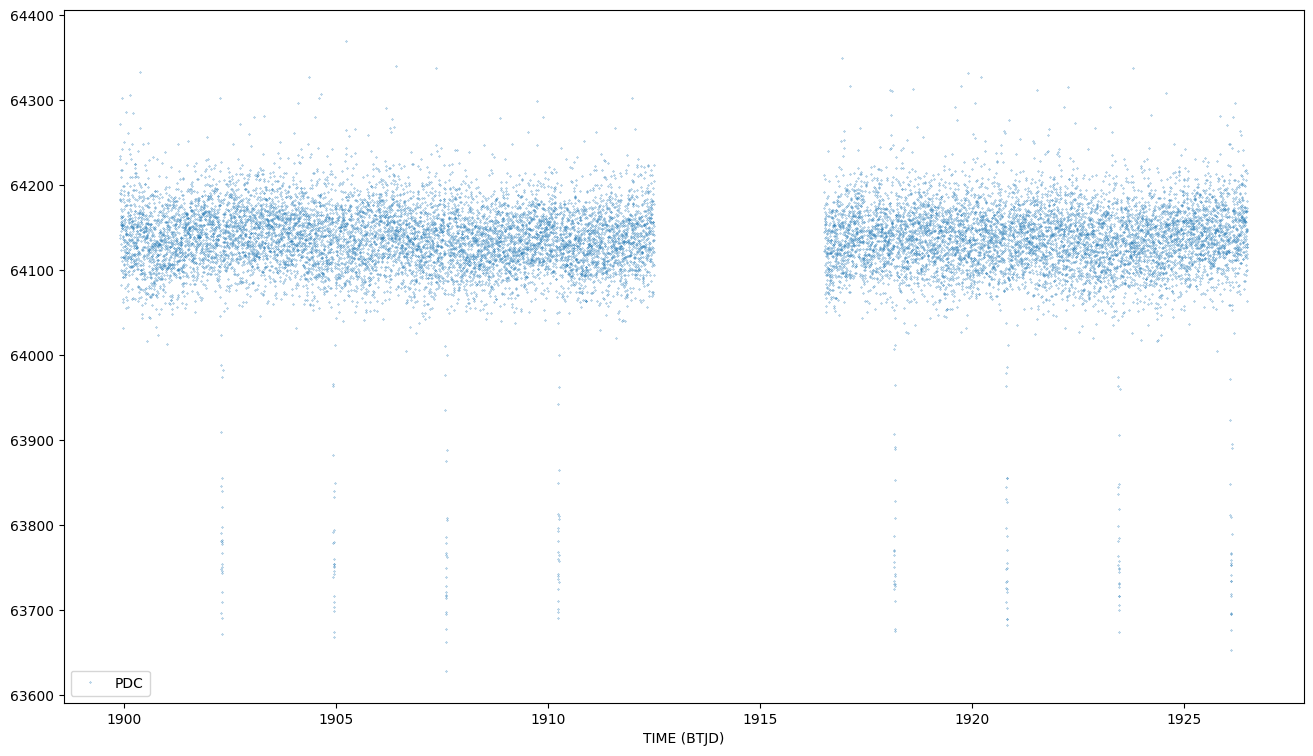 |
|
 |
|
Ross 905
Stellar parameters and planets on the system
| Host Star: Ross 905 | Ross 905 System planets | |||||||||||||||||||||||||||||||||||||||||
|---|---|---|---|---|---|---|---|---|---|---|---|---|---|---|---|---|---|---|---|---|---|---|---|---|---|---|---|---|---|---|---|---|---|---|---|---|---|---|---|---|---|---|
|
|
Photometric data catalogues and tools:
Plot from LIGHTCURVE FITS file

Auxiliary Products:
Spectroscopic data catalogues:
|
La Palma, CAHA, Keck, ESO archives |
GJ 436 b
Planet parameters
| Planet Name | Planet Mass | Planet Radius | Semi Major Axis | Orbital Period | Eccentricity | Inclination | Tidally Locked | Angular Distance | Primary Transit Source (JD) | Calculated Planet Temperature(K) | Molecules | Star Distance |
|---|---|---|---|---|---|---|---|---|---|---|---|---|
| GJ 436 b | 0.07 | 0.38 | 0.02887 | 2.64394 | 0.1912 | 85.8 | 0.00283 | 2454221.61588 | 0 | CH4, CO, CO2, H, H2O | 10.2 |
Direct access and visualization for NASA archive
SHOW ERRORBARS Y/N
| Ref | Type | Facility | Instrum. | Npt | Comments |
| Knutson et al. 2011 | phot | Spitzer Space Telescope satellite | Infrared Array Camera (IRAC) | 8 | KNUTSON ET AL 2011 : we describe a uniform analysis of eight transits and eleven secondary eclipses of the extrasolar planet GJ 436b obtained in the 3.6, 4.5, and 8.0 microns bands using the IRAC instrument on theSpitzer Space Telescope between UT 2007 June 29 and UT 2009 Feb 4. We analyze nineteen separate observations of GJ 436, including two 3.6 microns transits, two 4.5 transits, four 8 microns transits, and eleven 8 mcrons secondary eclipses, as listed in Table 1 |
| Knutson et al. 2014 | spec | Hubble Space Telescope satellite | Wide Field Camera 3 | 28 | KNUTSON ET AL 2014: We observed four transits of the Neptune-mass planet GJ 436b on UT Oct 26, Nov 29, and Dec 10 2012, and Jan 2 2013 using the red grism (1.2-1.6 μm) in a new scanning mode. We fit the four wavelength-integrated (white-light) transit curves simultaneously while accounting for detector effects (see discussion in Supplemental Methods) |
| Exoplanets-A (CASCADe) | spec | HST | WFC3 | 25 | Exoplanets-A reduction CASCADE v. 1.0.0 Created:2021_2_17:19_30_46 Obs.Type:transit |
| Transit models (Exoplanets-A: CASCADe reduction): |